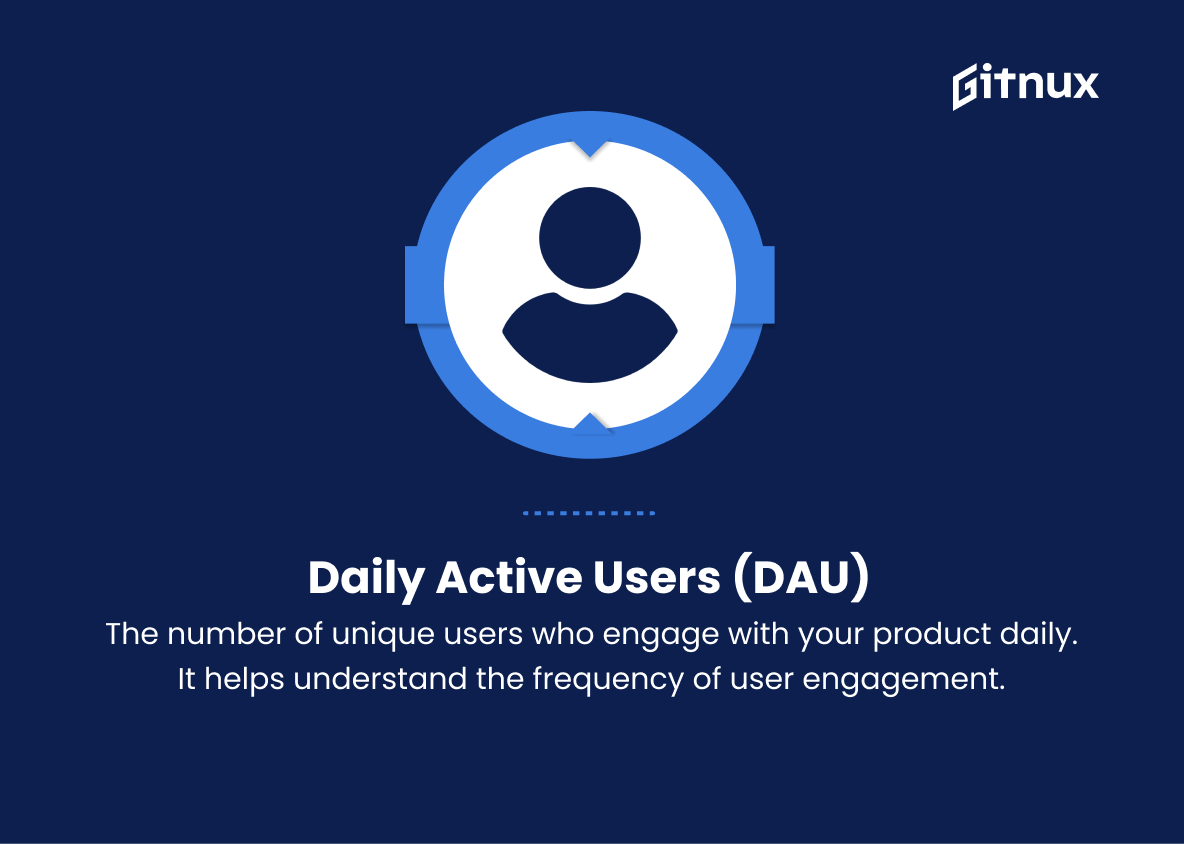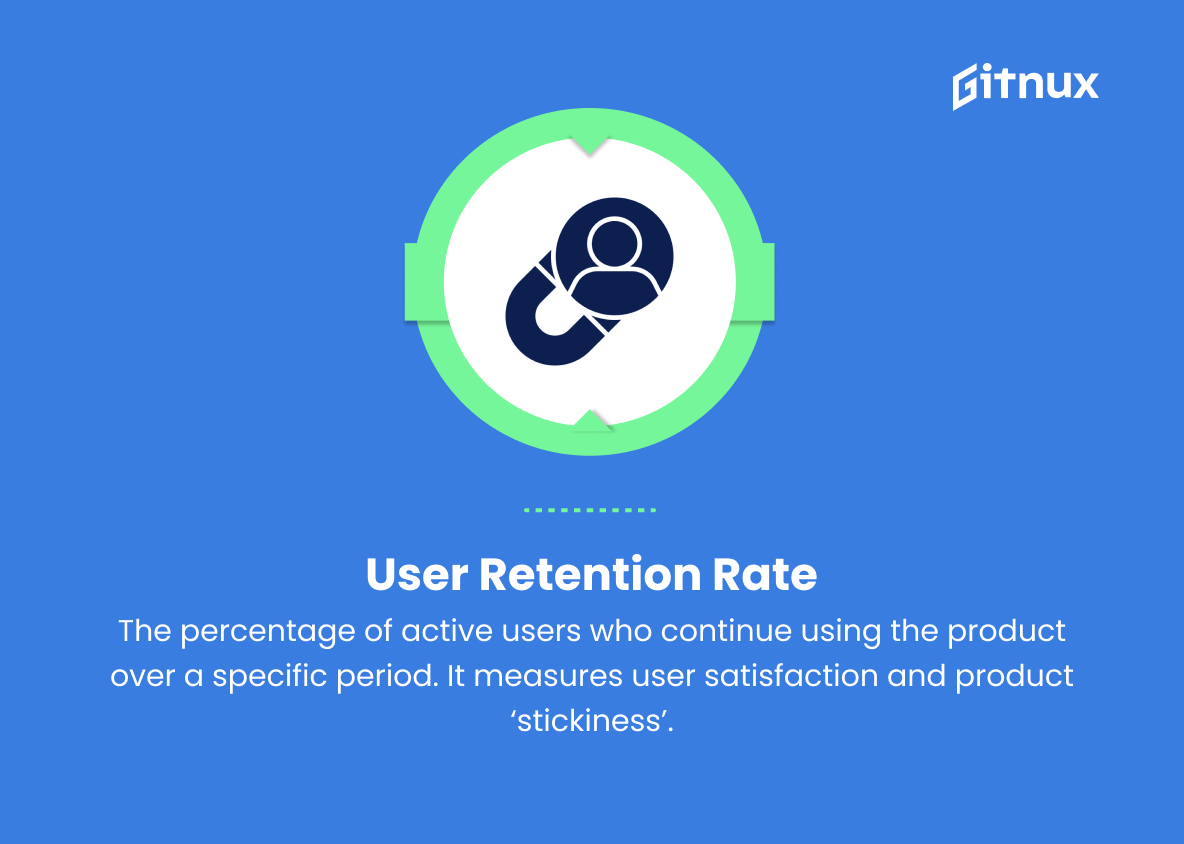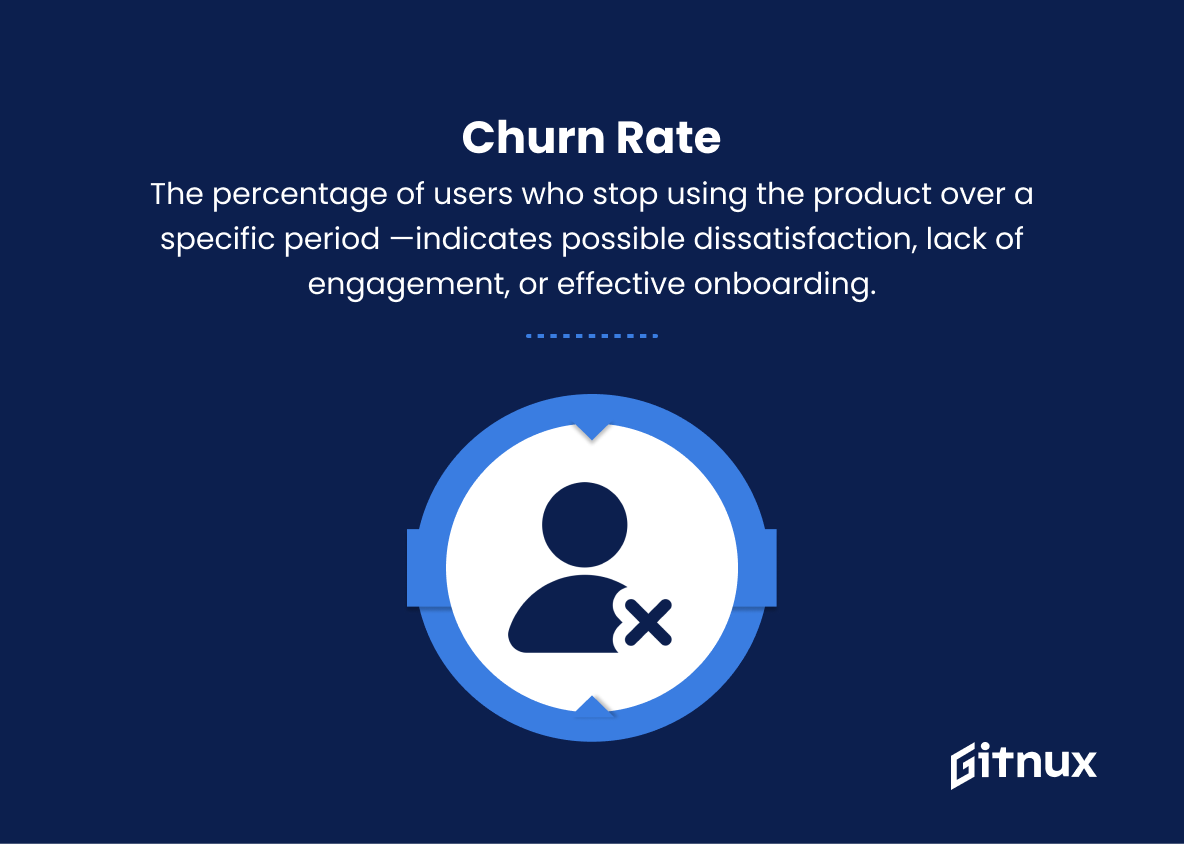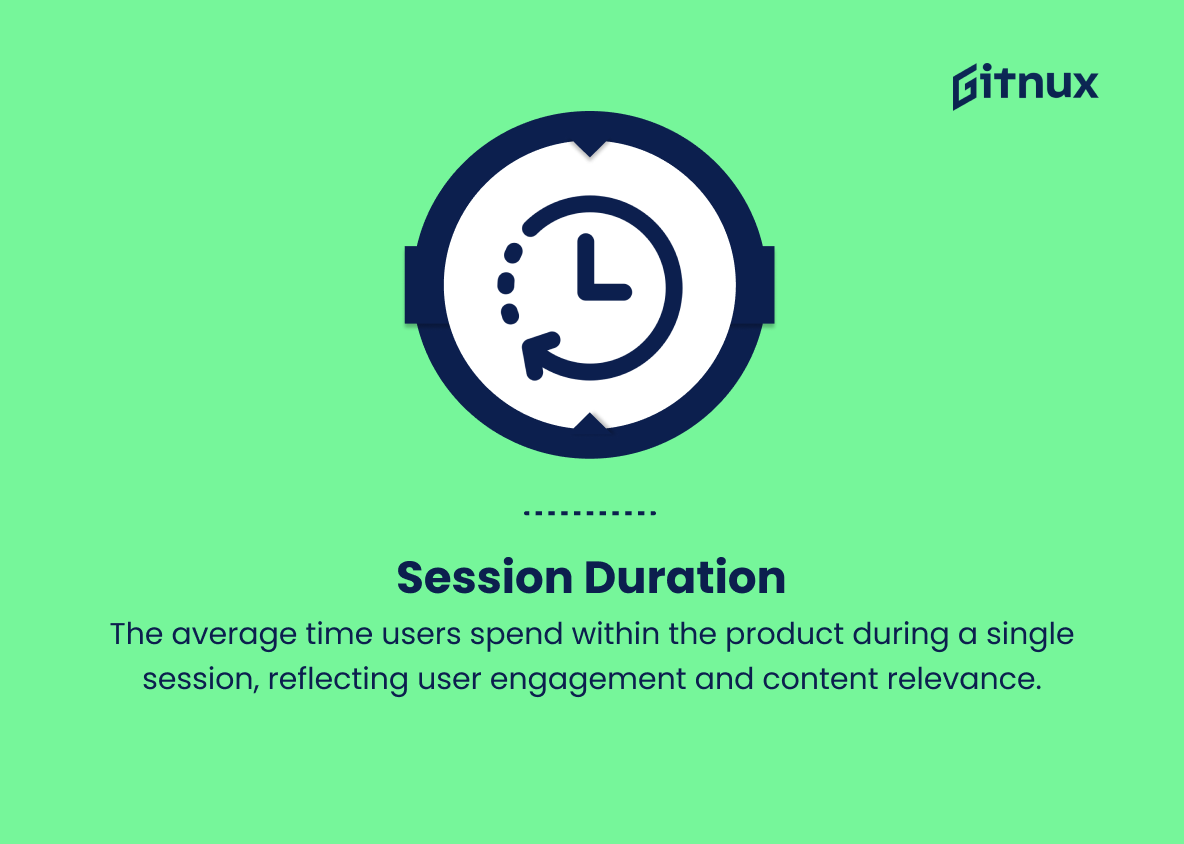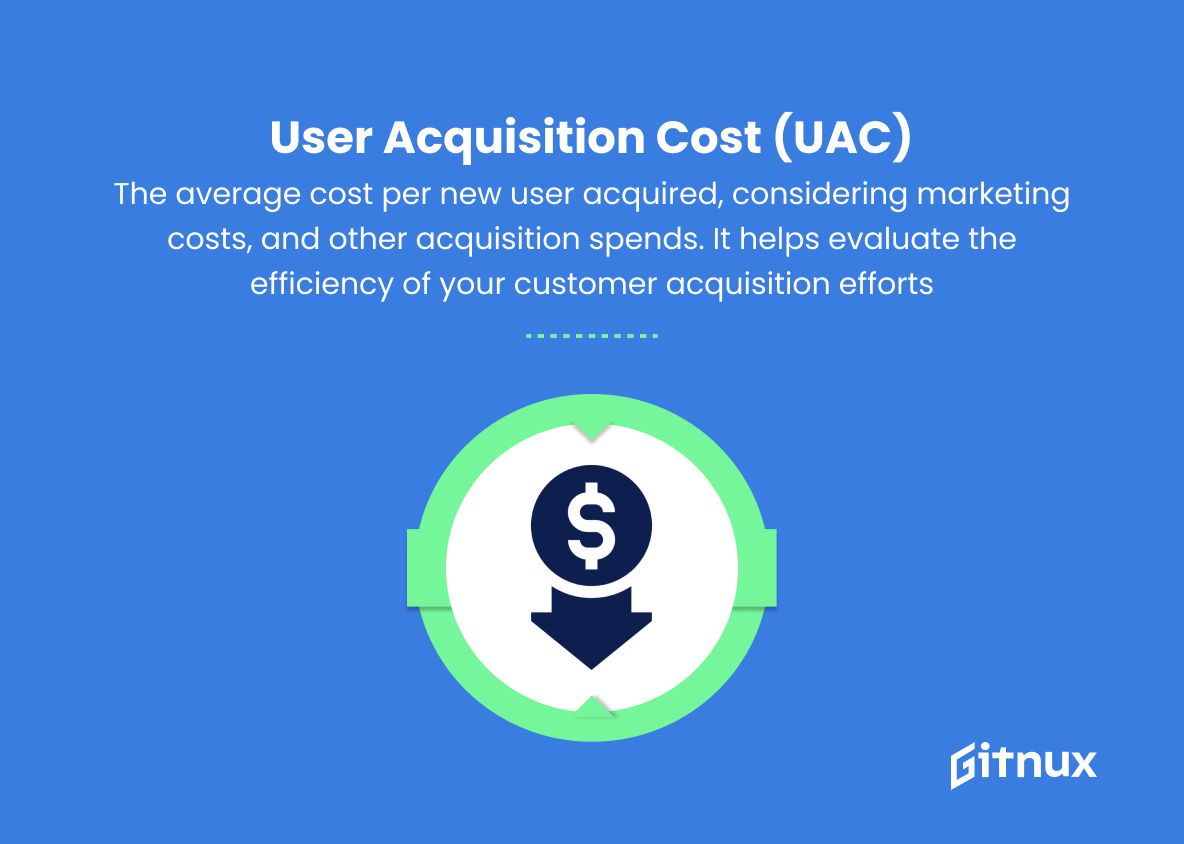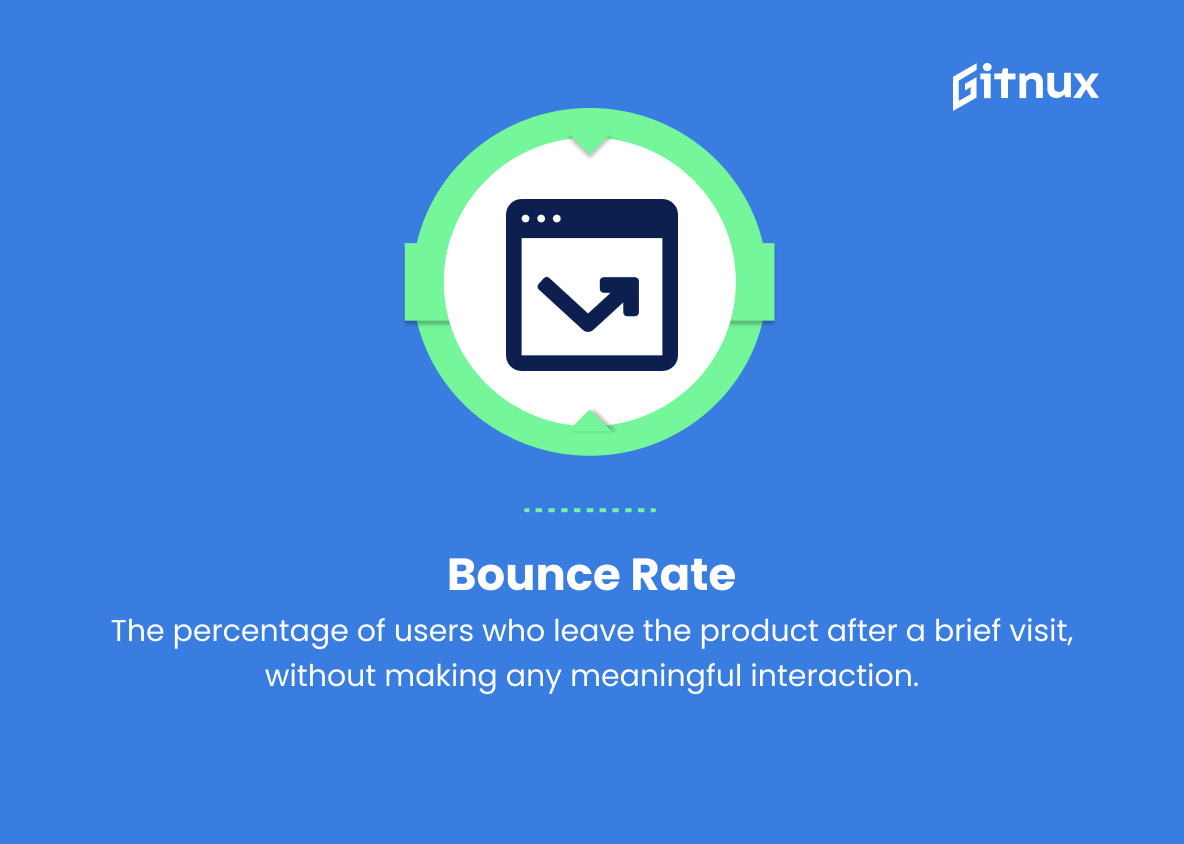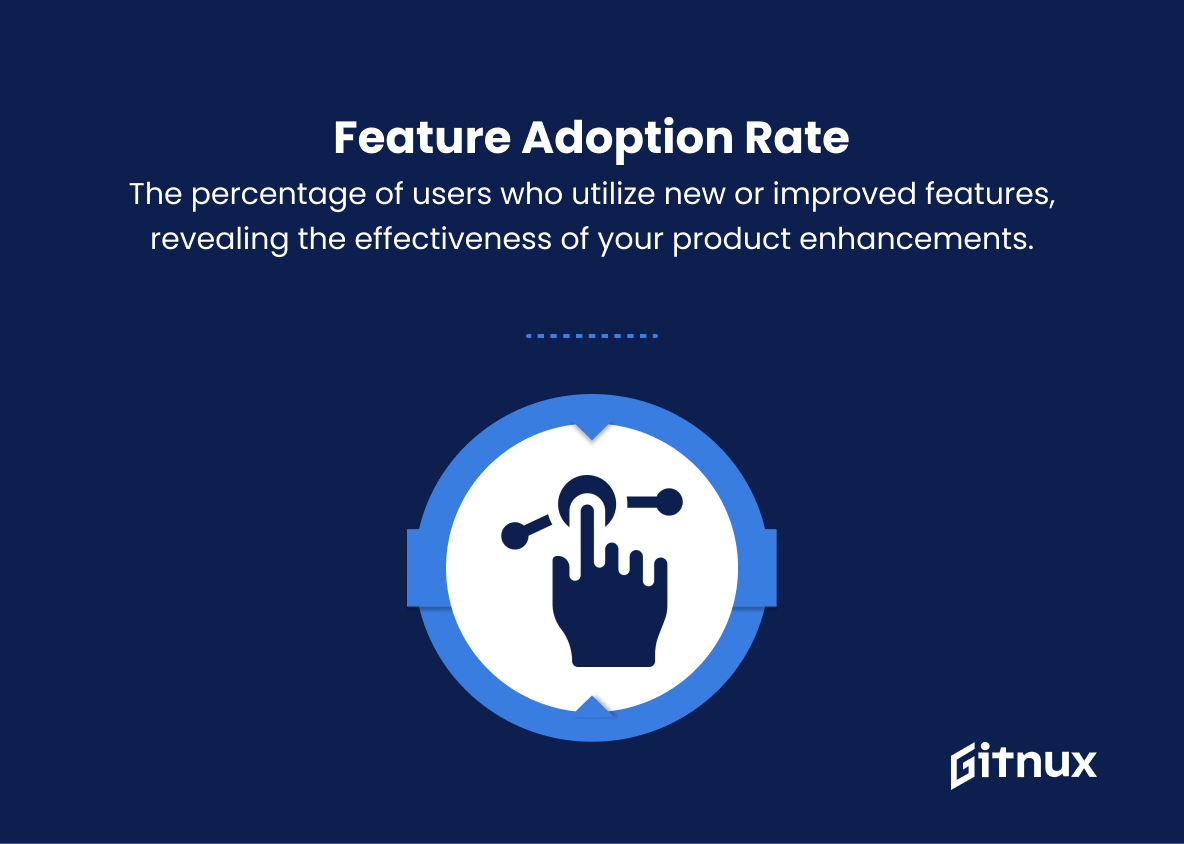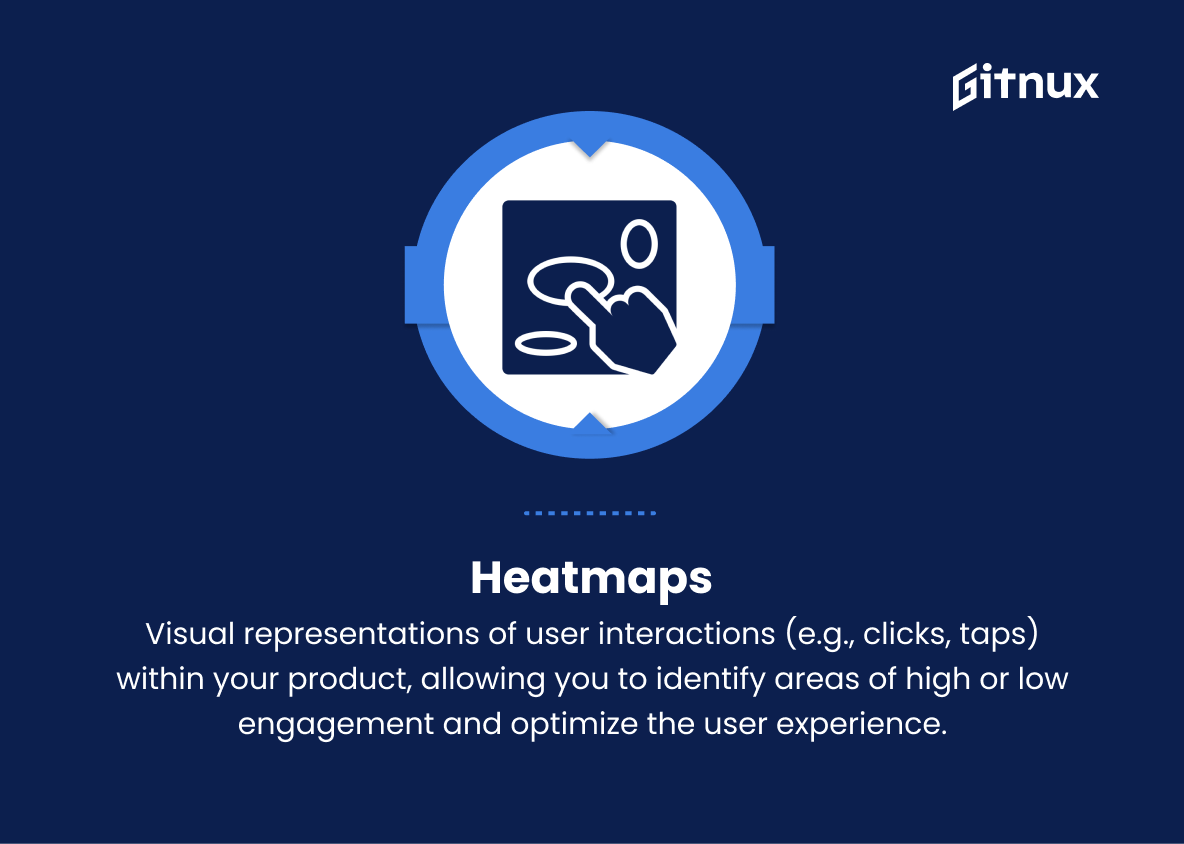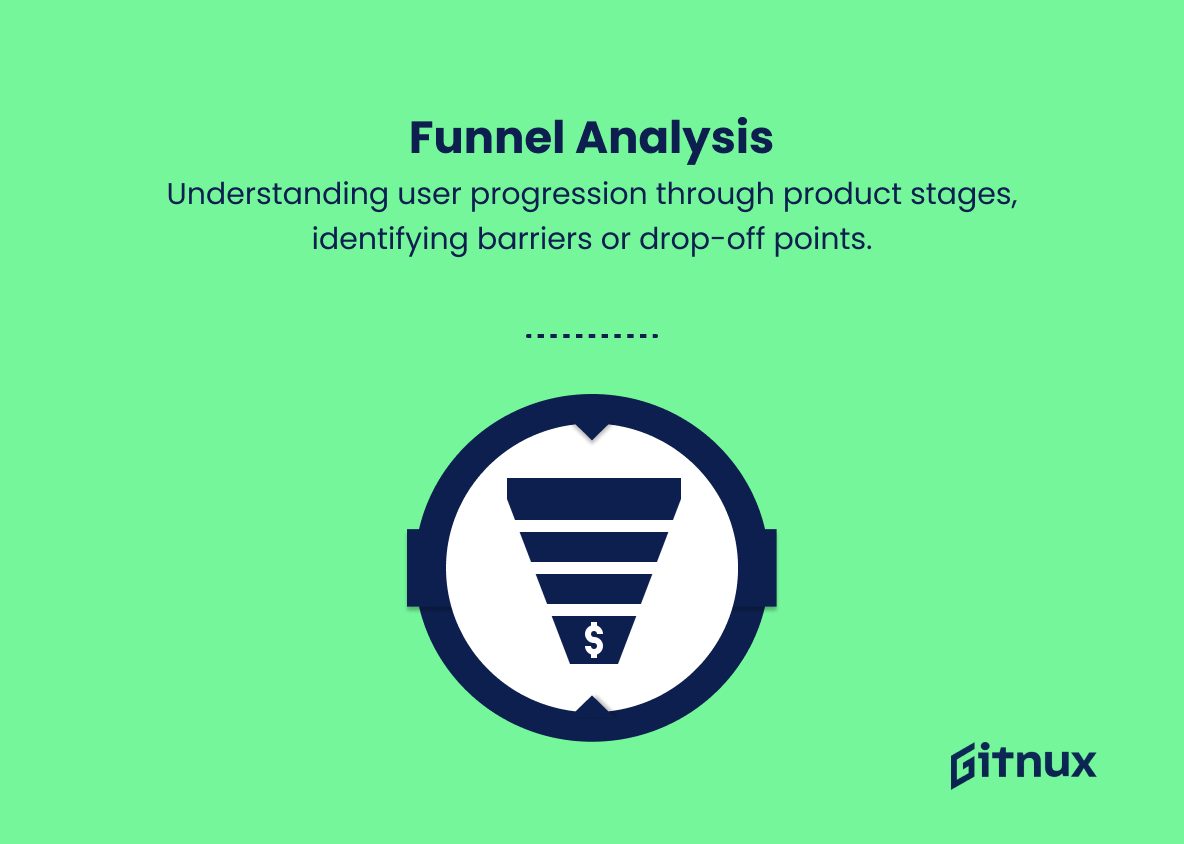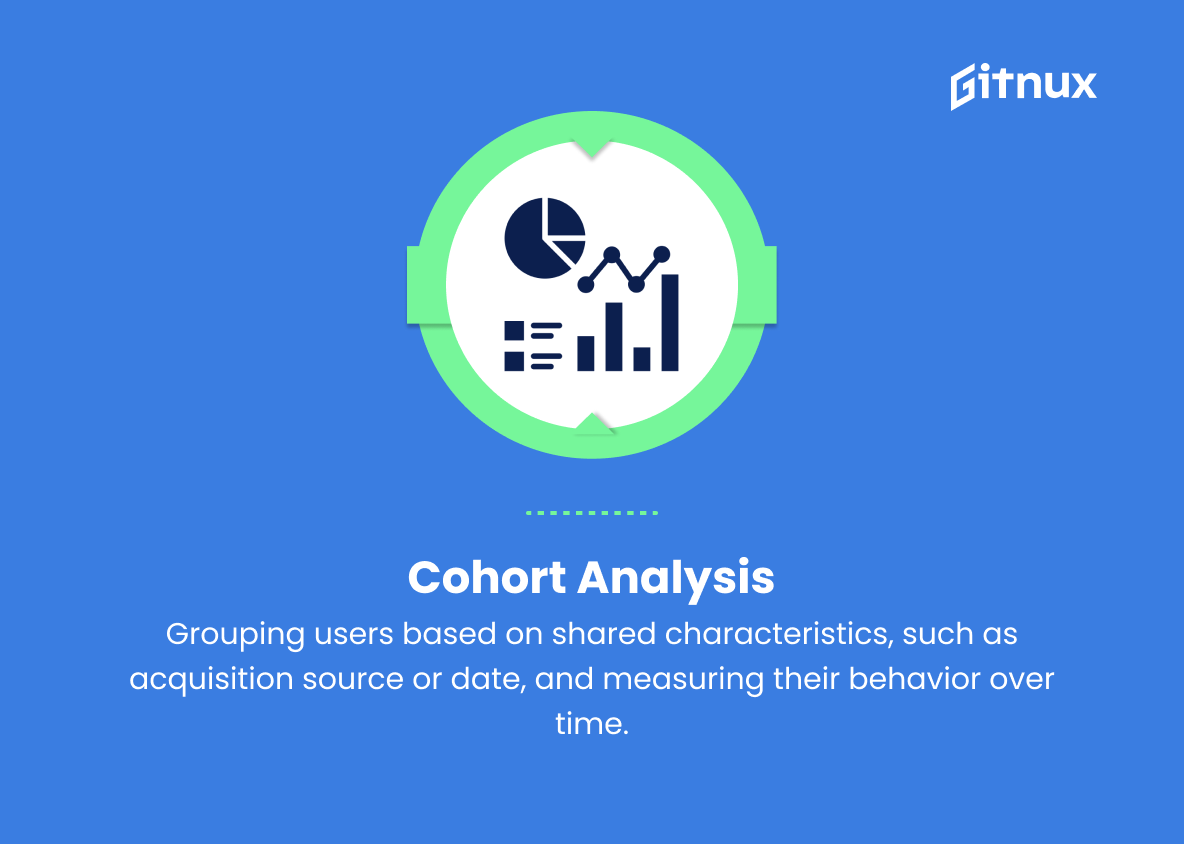In today’s fast-paced and highly competitive business environment, leveraging data-driven insights has become essential for driving growth and success. Product analytics metrics play a crucial role in enabling organizations to understand their customers, measure product performance, and make informed decisions. In this blog post, we will delve deep into the world of product analytics metrics, discussing their significance, various types, and best practices for leveraging them effectively. By gaining a comprehensive understanding of these key performance indicators, you will be better equipped to optimize your product strategy and ultimately propel your business forward.
Product Analytics Metrics You Should Know
1. Daily Active Users (DAU)
The number of unique users who engage with your product daily. It helps understand the frequency of user engagement.
2. Monthly Active Users (MAU)
The number of unique users who engage with your product on a monthly basis —helps evaluate overall product use.
3. User Retention Rate
The percentage of active users who continue using the product over a specific period. It measures user satisfaction and product ‘stickiness’.
4. Churn Rate
The percentage of users who stop using the product over a specific period —indicates possible dissatisfaction, lack of engagement, or effective onboarding.
5. Session Duration
The average time users spend within the product during a single session, reflecting user engagement and content relevance.
6. User Acquisition Cost (UAC)
The average cost per new user acquired, considering marketing costs, and other acquisition spends. It helps evaluate the efficiency of your customer acquisition efforts.
7. Return on Investment (ROI)
The financial return of your product activities, determined by dividing the revenue generated by the total cost invested.
8. Conversion Rate
The percentage of users who complete a desired goal, such as making a purchase, out of the total number of users. It measures the effectiveness of your product’s user experience.
9. Bounce Rate
The percentage of users who leave the product after a brief visit, without making any meaningful interaction. A high bounce rate indicates that users aren’t finding value or engaging with your product.
10. Feature Adoption Rate
The percentage of users who utilize new or improved features, revealing the effectiveness of your product enhancements.
11. Customer Lifetime Value (CLV)
The total revenue generated by a user over the entire duration of their relationship with your product, helping analyze and optimize customer acquisition and retention strategies.
12. Net Promoter Score (NPS)
A measure of customer satisfaction and loyalty, based on users’ likeliness to recommend your product to others. A high NPS indicates positive word of mouth and brand reputation.
13. Heatmaps
Visual representations of user interactions (e.g., clicks, taps) within your product, allowing you to identify areas of high or low engagement and optimize the user experience.
14. Funnel Analysis
Understanding how users progress through various stages within your product, such as from onboarding to purchasing or upgrading their plan, helping identify any barriers or drop-off points.
15. Cohort Analysis
Grouping users based on shared characteristics, such as acquisition source or date, and measuring their behavior over time. It helps discover patterns and tailor marketing strategies.
16. Average Revenue Per User (ARPU)
The average revenue generated per user, calculated by dividing the total revenue by the number of active users during a specific period. It helps to understand product monetization and the effectiveness of pricing strategies.
17. User Growth Rate
The percentage increase in the number of active users over time, illustrating the effectiveness of your acquisition, engagement, and retention strategies.
18. Time to First Action
The average time taken for a new user to perform their first meaningful action within your product, indicating the ease of onboarding and initial engagement.
19. New vs Returning Users
Comparing the ratio of new and returning users, helping to gauge if your product is attracting and retaining customers effectively.
20. Customer Satisfaction (CSAT)
A measure of users’ happiness with your product, typically collected through surveys or feedback forms. High CSAT indicates user satisfaction and can lead to improved retention and word of mouth.
Product Analytics Metrics Explained
Product analytics metrics play a crucial role in understanding and improving the performance of a product by providing insights into user engagement, satisfaction, and overall product use. Daily Active Users (DAU) and Monthly Active Users (MAU) help gauge the frequency of user engagement, while User Retention Rate and Churn Rate measure satisfaction and product stickiness. Session Duration reflects user engagement, and User Acquisition Cost (UAC) helps in evaluating the efficiency of customer acquisition efforts.
Return on Investment (ROI) and Conversion Rate offer insights into the product’s financial performance and user experience effectiveness, whereas Bounce Rate and Feature Adoption Rate reveal user engagement and the success of product enhancements. Customer Lifetime Value (CLV) and Net Promoter Score (NPS) are essential for assessing customer acquisition and retention strategies and overall brand reputation. Heatmaps, Funnel Analysis, and Cohort Analysis provide valuable information on user interactions, product flows, and behavior patterns.
These insights can help tailor marketing strategies and optimize user experiences. Average Revenue Per User (ARPU) sheds light on product monetization and pricing efficiency, while User Growth Rate illustrates the effectiveness of acquisition and retention strategies. Metrics like Time to First Action, New vs. Returning Users, and Customer Satisfaction (CSAT) offer crucial information on onboarding, user retention, and overall satisfaction levels, which can ultimately lead to improved user retention and positive word of mouth for the product.
Conclusion
In conclusion, product analytics metrics are a crucial aspect of any company’s growth strategy. By analyzing and tracking various KPIs, businesses can make informed decisions based on real data, derive insights to improve product development and customer experience, and ultimately drive revenue growth. As technology advances and competition increases, it is not just useful but essential for companies to leverage the power of product analytics.
By utilizing these metrics effectively and continuously refining your approach, your business will be better prepared to adapt and thrive in an ever-changing market landscape. Remember that successful product management is an ongoing process that requires continuous attention, learning, and optimization. Embrace the power of product analytics metrics and unlock your company’s full potential.
